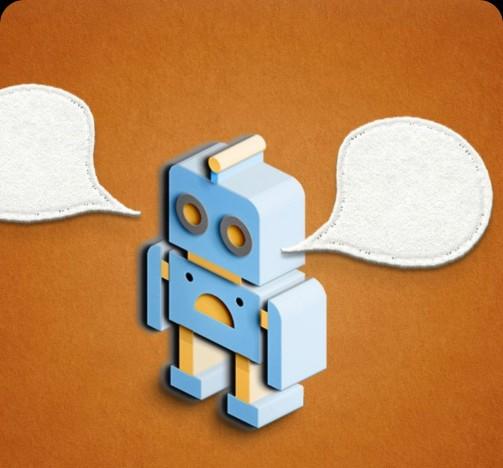Is DeepL Still King in 2025? Top AI Translation Alternatives
Yee
Jan 16, 2025
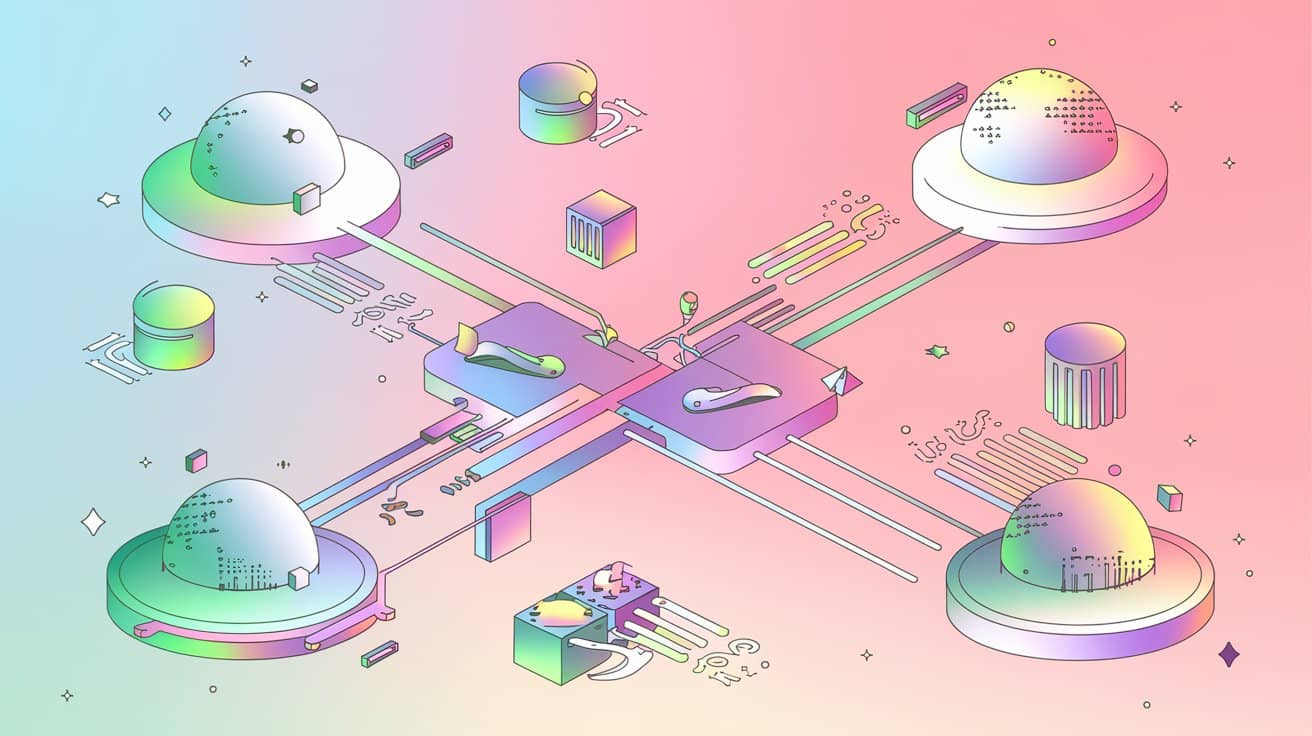
AI Translation Trends in 2025: Is DeepL No Longer the Only Choice? In Search of Stronger Alternatives
There was a time when, at the mention of accurate AI translation, DeepL was the answer that immediately came to mind. Since its groundbreaking debut in 2017, it truly redefined our understanding of machine translation with its outstanding neural network technology. But in all honesty, technology continues to surge ahead—especially in the field of AI, where standing still means falling behind. By 2025, the translation tool market is far from a one-player game.
Have you noticed that the real challenge today is no longer 'Can it translate accurately?' but rather, 'Can it deliver fast and high-quality translations while handling complex documents?'. It was in this context that a new tool called O.Translator came onto my radar. It seems to be highly ambitious—not only aiming to rival its predecessors in translation quality, but also placing unprecedented pressure on DeepL with its comprehensive and in-depth document processing capabilities.
So, for those of us pursuing maximum efficiency and precision, what might the future workflow of AI document translation look like?
Translation Accuracy: From 'Ace Advantage' to 'Standard Expectation'
With the rapid advancement of large language models (LLMs) such as GPT-4o and Gemini, translation accuracy has already shifted from a 'standout advantage' to a basic industry standard.
Established Leader: DeepL
It is undeniable that DeepL remains as capable as ever. By continuously optimizing its algorithms and conducting deep training for specific domains, DeepL continues to deliver highly reliable terminology accuracy when handling specialized texts in fields like law and finance. For many everyday and general translation scenarios, DeepL still provides smooth, natural output that is more than sufficient.
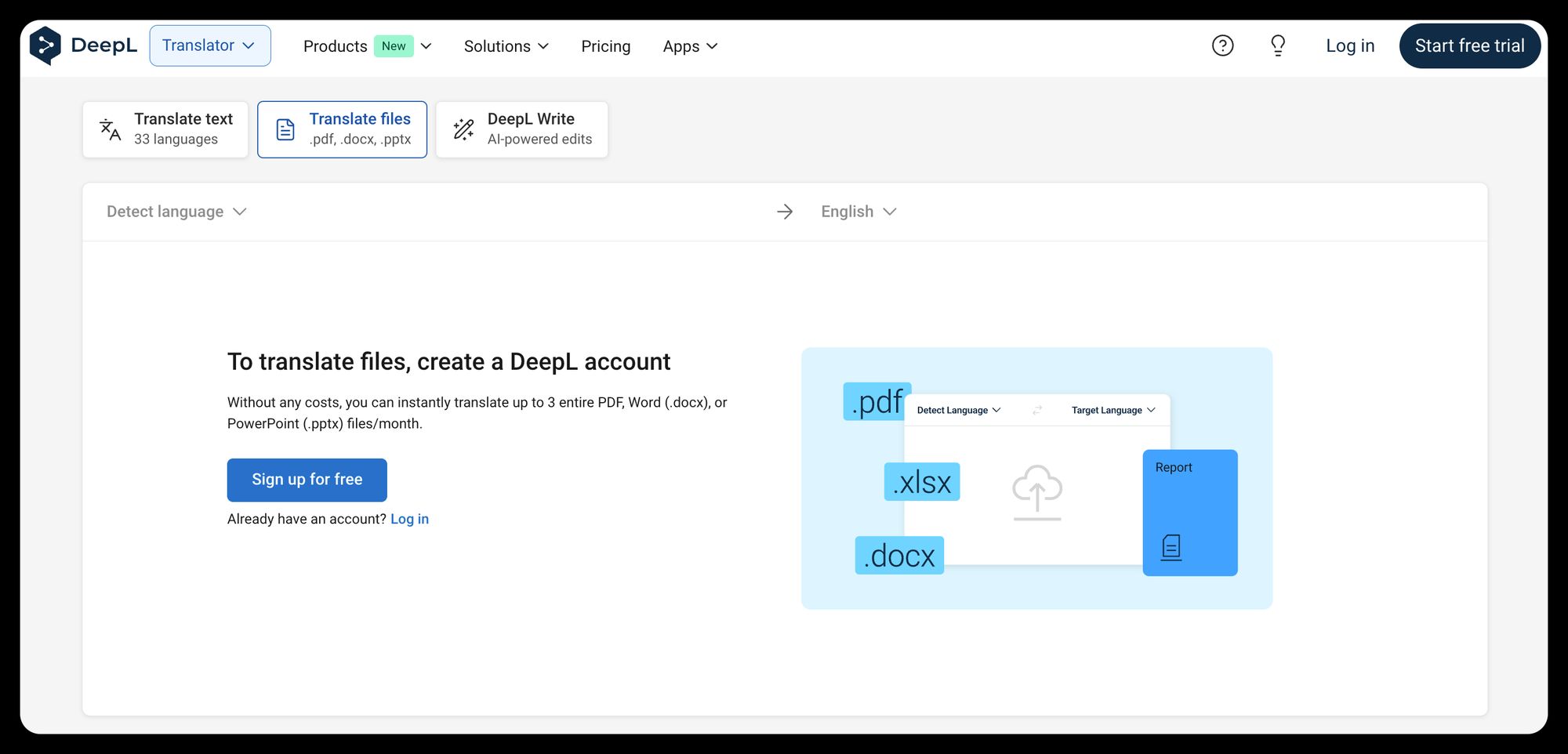
Emerging Challenger: O.Translator
O.Translator, by contrast, has taken a smarter approach. Rather than reinventing the wheel, it has built upon the shoulders of giants by integrating the market’s most advanced large language models, such as OpenAI’s GPT-4o and Google’s Gemini. These models are not only highly knowledgeable and capable of handling a vast range of languages, but, thanks to their multi-task training backgrounds, they also exhibit remarkable understanding of linguistic subtleties and complex contexts.
To put it another way: DeepL is like a specialist fluent in several foreign languages, while O.Translator is more akin to a well-read project manager who can draw upon the world’s leading experts.
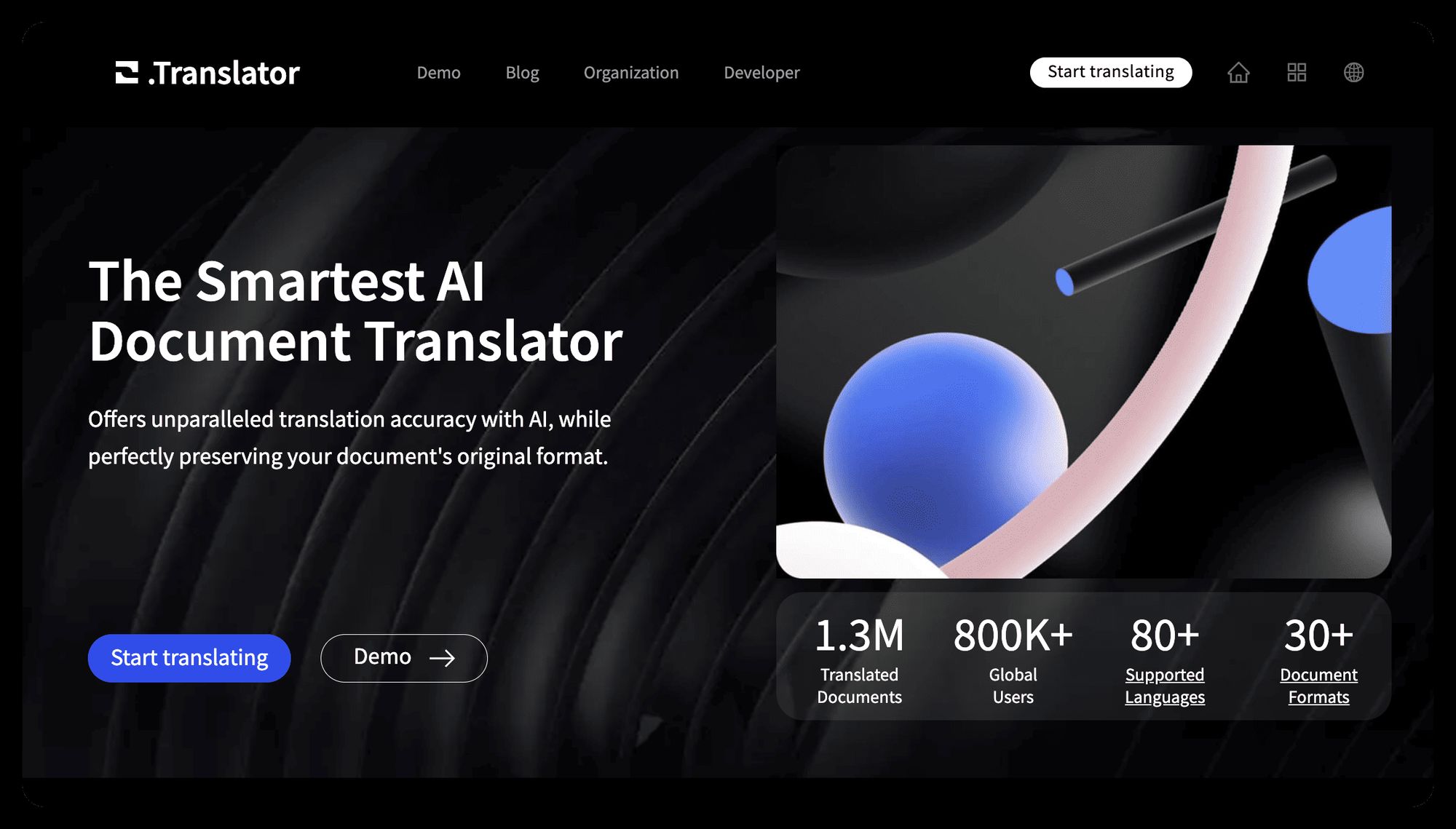
So, as you can see, both have already achieved a high standard in basic translation quality. The real dividing line appears when it comes to navigating the 'deep waters' of complex document translation.
As AI Translation Enters Deep Waters: The True Challenge of Document Translation
Have you ever faced this dilemma: a beautifully formatted PDF report emerges from AI translation with its layout in disarray, unrecognizable from the original? Or perhaps a medical document dense with technical terminology, whose translation leaves readers utterly confused?
This is precisely the core challenge that AI document translation tools must address in 2025.
Challenge One: How can we ensure zero errors in the translation of technical terms?
Handling everyday conversations is one thing, but tackling complex fields like medicine, chemistry, or law is an entirely different matter. In these domains, even a minor deviation in terminology can lead to significant misunderstandings.
- O.Translator’s solution: It provides a powerful custom glossaries feature. You can predefine your own specialized terminology, ensuring that brand names and technical terms are translated consistently and accurately across all documents—eliminating the headache of inconsistency.
- DeepL's Strategy: DeepL also provides a glossary feature, which is adequate for many use cases. By contrast, O.Translator allows the entire team to share a terminology database, offering a clear collaborative edge.
Challenge Two: Is your workflow being constrained by your translation tool?
In modern workflows, document formats are remarkably diverse. If a translation tool can only process Word and PPT files, its practicality is significantly diminished.
To be frank, O.Translator's breadth of format support is truly overwhelming.
It supports over 30 formats, covering virtually every file type you can imagine:
- Office Documents: Word, Excel, PowerPoint
- Technical & Localization: JSON, XLIFF, SRT subtitle files
- Images and Audio/Video: JPG, PNG (yes, it can recognize and translate text within images!), MP3, WAV
- Academic & Publishing: TeX, EPUB
More importantly, it delivers high-fidelity reproduction. This means the translated document can preserve the original layout to the greatest extent, allowing you to finally say goodbye to time-consuming and labor-intensive manual formatting. You can check out the full list of formats supported by O.Translator to get a sense of its versatility.
In comparison, DeepL is still primarily focused on a limited set of mainstream office formats, which now feels somewhat restrictive.
Challenge Three: Who Can Tackle the 'Ultimate Problem' of Scanned PDFs?
Translating scanned PDFs has long been a major challenge in the industry. This is because it requires not only translation proficiency, but also robust OCR (Optical Character Recognition) and layout analysis capabilities.
O.Translator has invested heavily in optimizing this area and has achieved unexpectedly impressive results. It can accurately recognize text within scanned documents, translate and replace it, and restore the original layout with exceptional fidelity. If you often work with scanned files like contracts or historical documents, this feature will make you wonder why you didn’t find it sooner. Want to know how it works? Take a look at this in-depth review on how to perfectly translate scanned PDFs.
Challenge Four: When it comes to less common languages, who can offer the widest coverage?
In today’s era of global collaboration, the range of languages we encounter is becoming ever more diverse.
- O.Translator: Harnessing the power of large language models, it supports over 100 languages, including numerous less commonly spoken Asian and African languages. For users who need to communicate across cultures and regions, this is undoubtedly a major breakthrough. You can view all supported languages here.
- DeepL: While its translation quality is highly praised, it currently supports around 31 languages, most of which are mainstream European languages. For users of minority or less widely spoken languages, DeepL’s options are comparatively limited.
Pricing and Value: Which Model Is Right for You?
Finally, let’s talk about pricing—after all, this is what determines whether we can use these tools with confidence over the long term.
DeepL operates on a traditional subscription basis, with monthly fees ranging from a few dollars to several dozen dollars. This model is more suitable for heavy users with steady usage and specific needs.
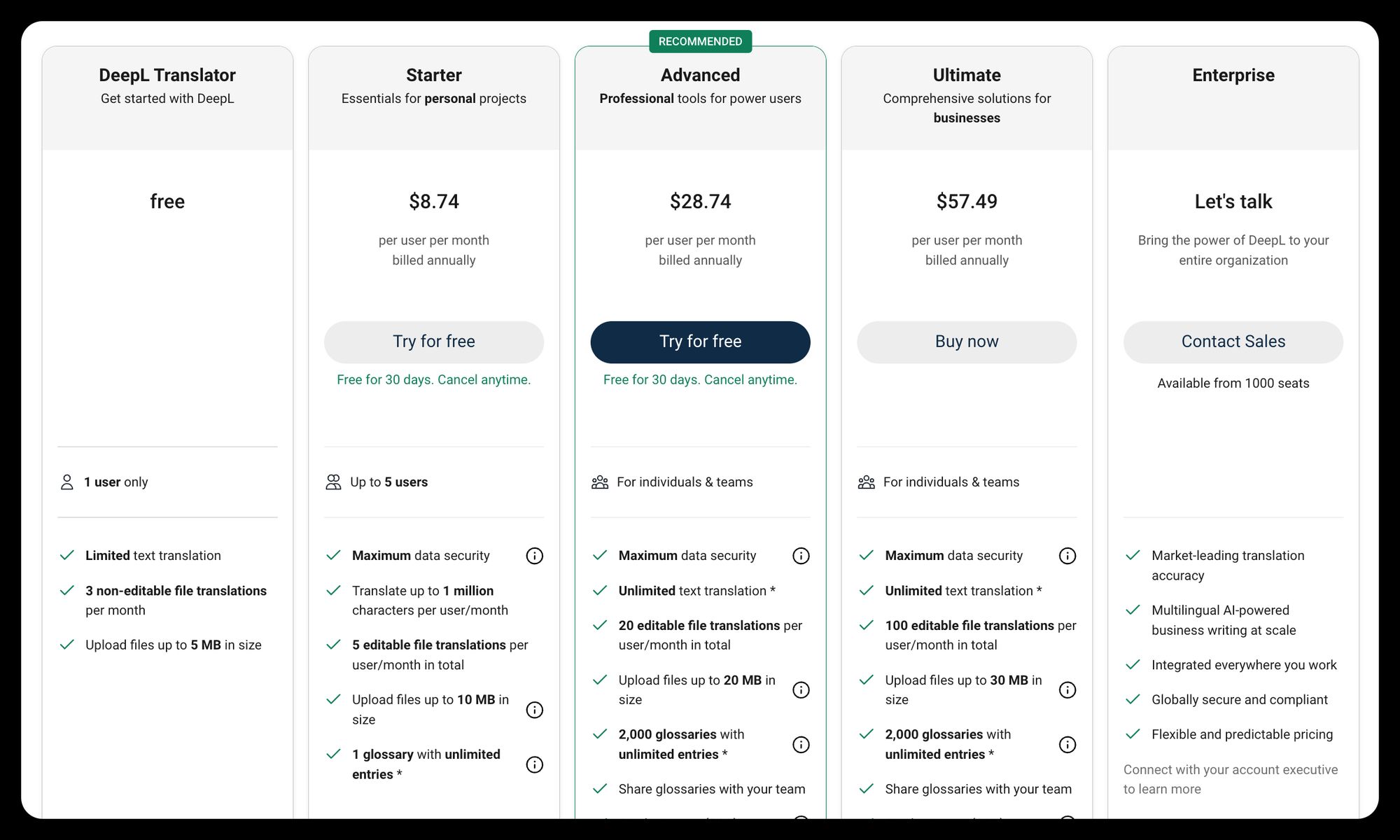
O.Translator, by contrast, offers a completely different pricing model, emphasizing a 'no-pressure' and 'high cost-effectiveness' approach:
- Pay-as-you-go: You can pay per document, only paying for what you use, with no monthly subscription pressure.
- Point Packages: For frequent users, purchasing point packages offers discounts of up to 40%. This means that $1 can translate approximately 20,000 words, offering outstanding value for money.
- Free Preview: Most notably, it offers a preview-then-pay model, allowing you to review the translation first and pay only if you are satisfied. This means you can view the final result with zero risk, completely eliminating any worries about 'What if the translation goes wrong?'
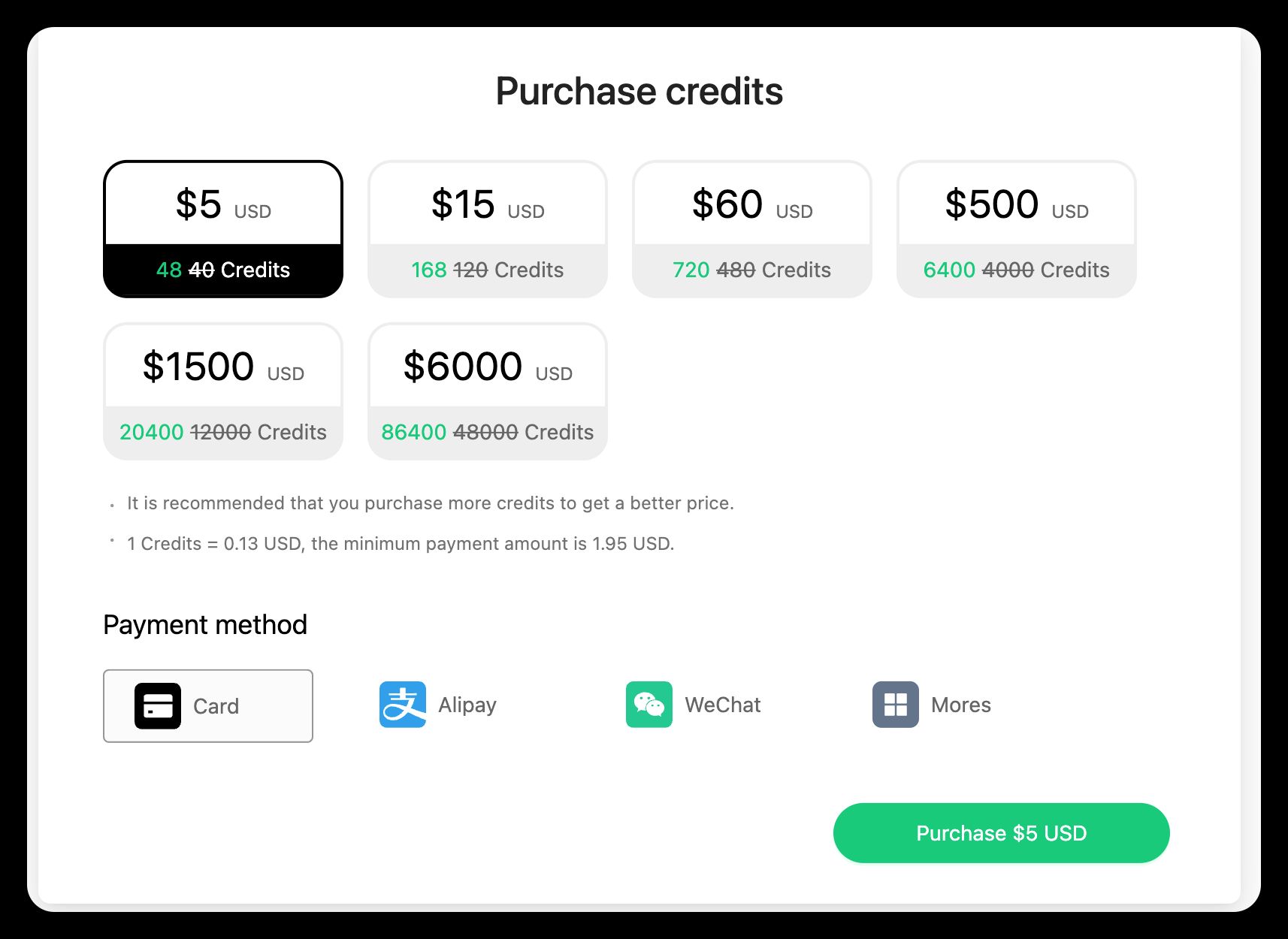
Conclusion: Embracing Change—Finding the Best Partner for Your Workflow
In conclusion, DeepL remains an outstanding translation tool, but as of 2025, it is no longer the sole ‘legend’ in the field.
New-generation AI document translation tools like O.Translator, with their robust handling of complex formats, broader language coverage, risk-free preview modes, and flexible pricing, are now providing us with more comprehensive and efficient solutions.
There is no absolute right or wrong when it comes to your choice. The key is to clearly identify your core needs: do you merely need a 'translator,' or are you seeking an 'AI document translation solution' that can seamlessly integrate with your workflow and address complex document challenges?
Once you think this question through, the answer will naturally become clear.
Theme

insights
Published Articles12
Recommended reading


